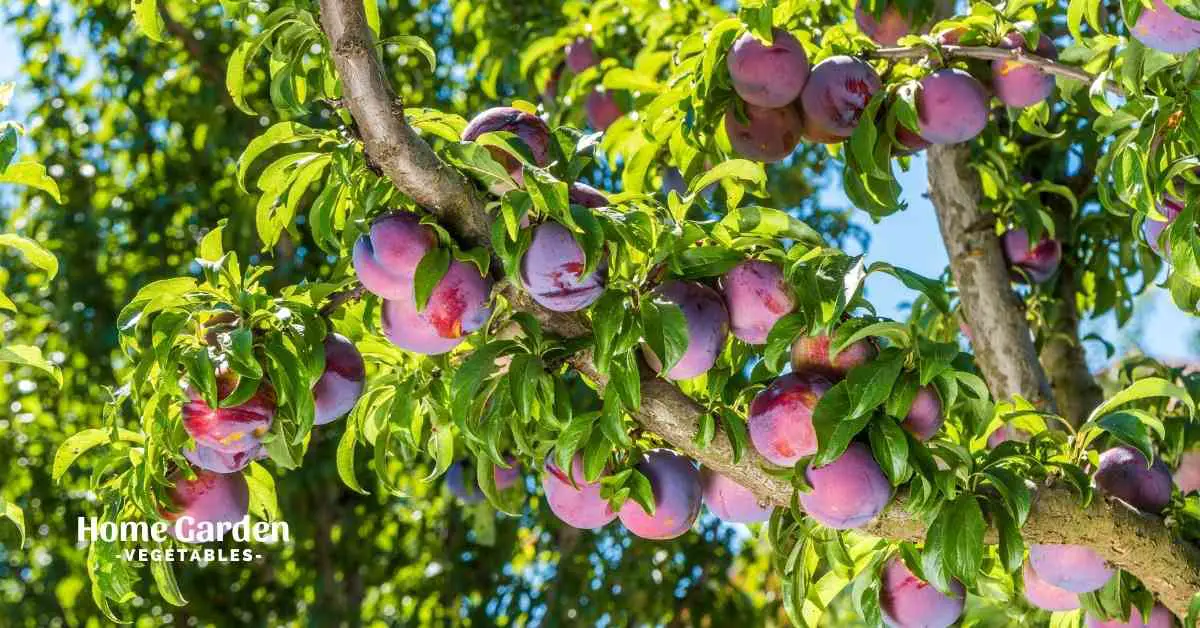The plum tree is a deciduous tree that typically grows to a height of 15-20 feet. The tree has a short trunk with a dense, round canopy of dark green leaves. The tree produces small, round, purple fruits that are edible and often used in jams and pies. The plum tree is native to Europe and Asia and was introduced to North America in the early 1800s.
The leaves on a plum tree are a beautiful sight. They are large and green, and they have a glossy sheen. The leaves are also arranged in a way that is pleasing to the eye. They are not too close together, and they are not too far apart. The leaves on a plum tree are a perfect addition to any landscape.
Reader Poll: What online courses would interest you?
The plum tree in my backyard has always had curly leaves, but they seem to be curlier this year. I’m unsure if it’s because of the hot, dry summer we’ve had or if the tree is just getting older. Either way, it’s a pretty sight to see the leaves curled up and spiraling in the breeze.
Recognizing Curls
One of the first signs that autumn is on its way is the appearance of curly leaves on plum trees. These leaves are a sure sign that the tree is getting ready to shed its leaves and enter into a period of dormancy. While the exact cause of this phenomenon is not fully understood, it is thought to be related to the tree’s response to shorter days and cooler temperatures.
Whatever the cause, curly leaves on a plum tree are a beautiful sign of the changing seasons. If you see them on a tree near you, take a moment to appreciate the tree’s natural beauty before it sheds its leaves and goes into hibernation for the winter.
Subscribe to our newsletter!
Treatment of Curls
Plum leaf curl is a fungal disease that affects the leaves of plum trees. The condition causes the leaves to curl up and turn yellow or brown. The condition can also cause the fruit to become deformed.
To treat plum leaf curl, the first step is to remove all affected leaves from the tree. The leaves should be disposed of in a trash bag, so the disease does not spread. Once the leaves have been removed, the tree should be sprayed with a fungicide. The fungicide will kill the fungus and prevent it from spreading.
Reasons of Curls
There are several reasons why plum leaves might curl. One possibility is that the tree is not getting enough water. If the leaves are wilting and curling, that’s a sure sign that the tree is thirsty. Make sure to water it deeply and regularly. Another possibility is that the tree is getting too much water. If the leaves are curling and the tree looks healthy, it’s maybe getting too much water. In that case, cut back on watering.
Another possibility is that the tree is stressed due to a lack of nutrients. If the leaves are yellowing or falling off and curling, the tree is likely not getting the nutrients it needs. Make sure to feed it with a good quality fertilizer. Finally, the tree may be simply reacting to changes in temperature or light. If the leaves are curling, but the tree looks otherwise healthy, it’s likely just a temporary reaction that will correct itself in time.
Best fungicide for plum trees
There are a few different fungicides that can be used on plum trees, but the best one will depend on the specific fungus causing the problem. Common fungicides that are effective against various fungi include copper sulfate, sulfur, and mancozeb. If you are unsure which fungicide to use, you can always ask a professional at your local nursery or gardening store.
Controlling Leaf Curls Infections
To control leaf curl on a plum tree, it is essential first to understand what causes the condition. Leaf curl is usually caused by a fungus or virus that infects the tree. It can also be caused by environmental stressors, such as drought or excessive heat.
Once the cause of the leaf curl is determined, it is essential to take steps to control it. For example, if the leaf curl is caused by a fungus, spraying the tree with a fungicide may be necessary.
If a virus causes the leaf to rot, removing infected leaves from the tree may be necessary. If environmental stressors cause the leaf to curl, ensuring the tree has adequate water and protecting it from extreme temperatures may be required.
Preventions
To prevent leaf curling on a plum tree, starting with a healthy tree is essential. Ensure the tree is well-watered and has plenty of organic matter in the soil. Mulch around the tree to help retain moisture.
Prune the tree regularly to encourage good air circulation. Avoid using chemical pesticides, as these can worsen leaf curl. Remove and destroy infected leaves and branches if the tree does get leaf curl. Treat the tree with a copper-based fungicide.
Conclusion
In most cases, curls result from a nutrient deficiency, specifically magnesium or sulfur. You can add Epsom salt to your plum tree’s soil to help treat this issue.
After doing some research, we have concluded that using a fungicide is the best way to treat curly leaves on a plum tree. This will help control the fungus causing the leaves to curl.

